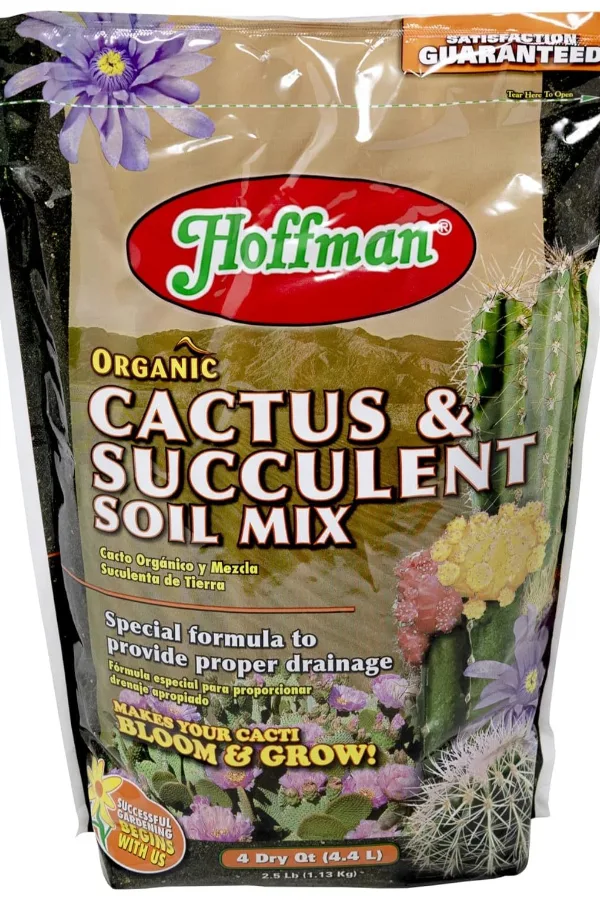If you want to have a houseplant that can add more than just beauty and greenery to your home, you need to try your hand at growing aloe vera plants. Not only are they easy to maintain, the plant has all kinds of great uses – including helping to heal and sooth burns and cuts in a flash!
Aloe vera truly is one of the easiest houseplants to grow, making it a great choice for beginners and experts alike. It is an extremely durable and low-maintenance plant that is quite adept at handling a bit of neglect now and then.
With their tall, slightly jagged-edged leaves, aloe plants can really bring beauty to your inside spaces. However, it’s the thick gel contained within the leaves that really makes this plant stand out as a big winner to grow indoors.
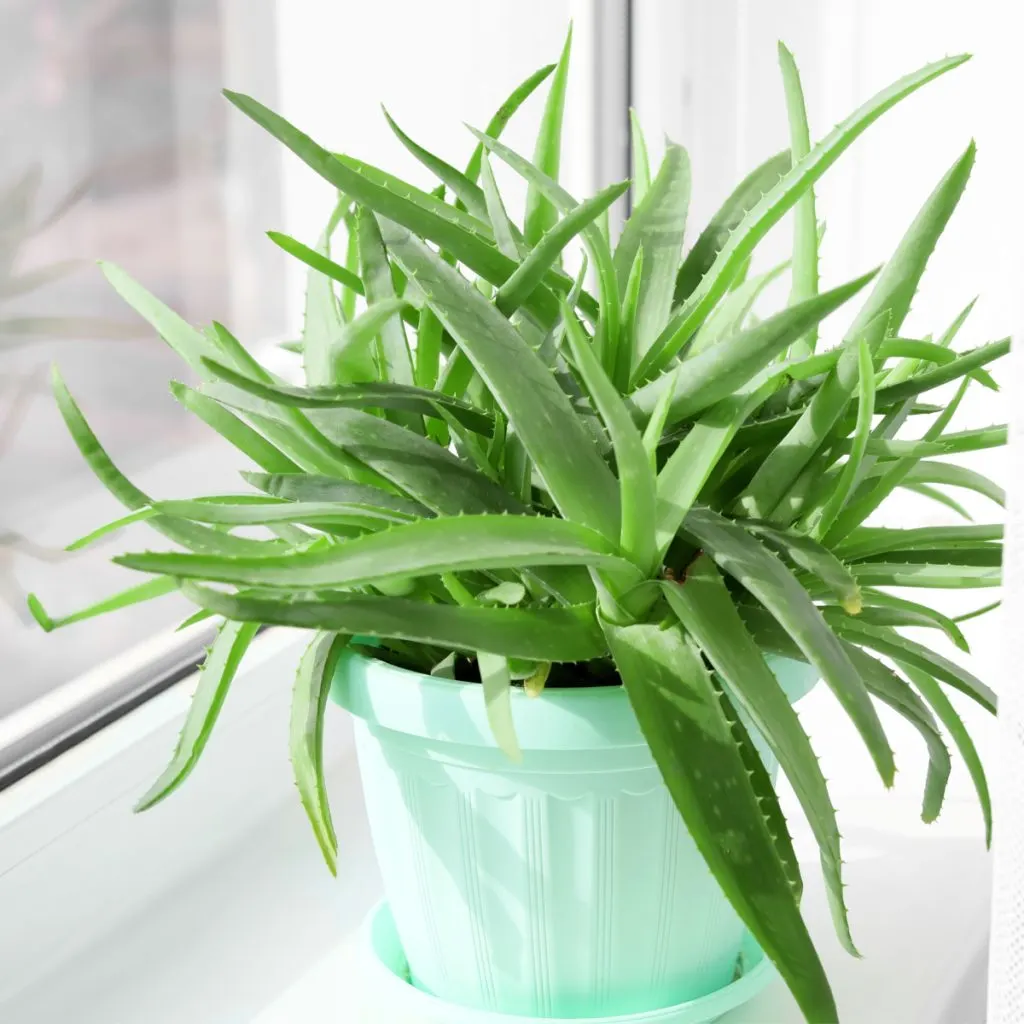
The Many Uses Of An Aloe Plant
People have been using aloe vera gel for thousands of years for a whole host of different medicinal purposes. In fact, this miracle gel is toted with helping everything from reducing wrinkles and acne, to soothing burns, sunburns and healing cuts, wounds and abrasions.
This multi-purpose plant can also double as a porch or patio planter in the spring, summer and fall. Since aloe vera is a warm weather loving plant, it can easily be brought outdoors as a planter – or even planted directly into flowerbeds. And when fall arrives – it can be dug up and repotted for winter use once again.
With all of those benefits in mind – here is a look at how to grow your own aloe plants with ease. We’ve also included a section on how to harvest the gel from your plants to use – and how to divide your plants to create even more!
How To Grow An Aloe Plant
Starting With An Aloe Plant
You can purchase aloe plants at most local nurseries and greenhouses. Since they are quite the popular houseplant, you can often even find them at local big box and chain stores that also sell tropical houseplants.
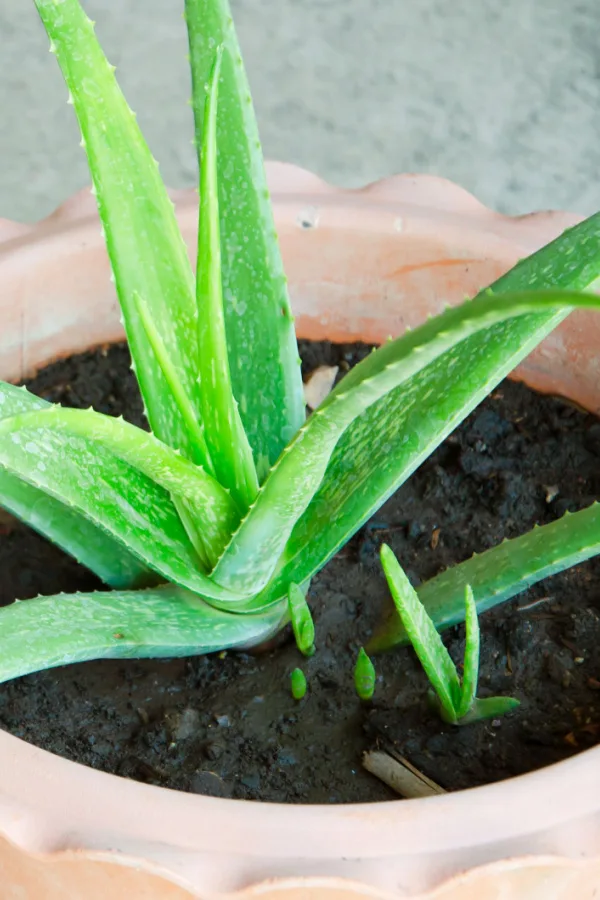
As another option, there is a wide range of online retailers who carry and ship live aloe plants right to your door. (Affiliate Plant Link: Garden Goods Aloe Vera Plant)
There is another option that is even better if you happen to know someone already growing aloe. The plant is extremely easy to divide when mature into new starts (we will walk you through how to do that later in the article). It can certainly be a wonderfully inexpensive way to get your hands on a plant!
How To Care For An Aloe Vera Plant
Once you get your hands on an aloe plant, some basic care will go a long way toward its continued success. Aloe vera is a member of the succulent family. Similar to other cacti species, aloe thrives in warm, arid conditions that have plenty of light.
Of all the factors, light usually plays the biggest role. Aloe plants need plenty of indirect sunlight for at least 6 hours a day. The best location for growing aloe plants indoors is a bright, south-facing window. This will provide plenty of indirect light throughout the day.

If a southern window isn’t an option, a west-facing window is the next best choice, or you can add grow lights if needed. Outside, a south-facing porch or protected location that receives plenty of bright, indirect light is ideal.
While they can handle a bit of cooler weather for a short period, aloe vera plants grow best when temperatures are between 60-80º F. When growing indoors, avoid rooms or locations where there are sudden fluctuations in temperatures. They will be far better in a room that stays consistently warm.
You can grow aloe plants outside as long as the temperatures stay above 50º Fahrenheit (F) throughout the day and night. If the temperatures begin to get cooler, it’s time to bring the plant indoors.
Watering & Fertilizing – How To Grow An Aloe Vera Plant
Since aloe vera plants are succulents, they do better with underwatering as opposed to overwatering. While they can go long stretches without moisture, the plants will struggle in excess moisture.

Always allow the soil to dry out completely between waterings. In typical inside conditions with controlled humidity and temperature, you will only need to water aloe plant once every 3 weeks. If growing aloe plant outdoors, this time frame might be increased slightly depending on the weather.
When growing in pots, it’s actually better to water aloe plants through the bottom of the container. This helps to avoid getting the leaves wet, which can result in spotting or discoloration.
Add plenty of room temperature water into a bowl or pan. Set the aloe plant down directly in the water to allow it to soak up through the holes in the pot. Remove the plant after 30 minutes and allow any excess water to completely drain off.
If you are unable to water using this method, try to always water under the leaves at the soil level. In addition, water slowly so that it will not splash up on the leaves.
Fertilizing Tips – How To Grow An Aloe Vera Plant
Even though aloe vera plants can grow to be around 2 feet tall and wide, they aren’t heavy feeders. For this reason, you don’t need to fertilize the plants often. In fact, rich or strong fertilizers will actually do more harm than good.
Fertilize your aloe vera plant with a low dose of fertilizer that is specifically made for cacti and succulent plants. Applying the fertilizer once every few months will provide your plants with more than enough power for strong, steady growth. (Affiliate Product Link: Espoma Organic Cactus Liquid Fertilizer)
How To Divide Aloe Vera Plants – How To Grow An Aloe Vera Plant
Mature aloe vera plants often produce new, small plants called pups. These pups are essentially the children or offshoots of the parent plant. Pups are actually quite easy to use to make new plants – all of course, for free!
To create new plants, select pups around the base of the aloe vera plant that are about 1/4 the size of the mature plant. This size will give you the best chance at the pup rooting. Pups smaller or larger pups have a harder time growing roots.
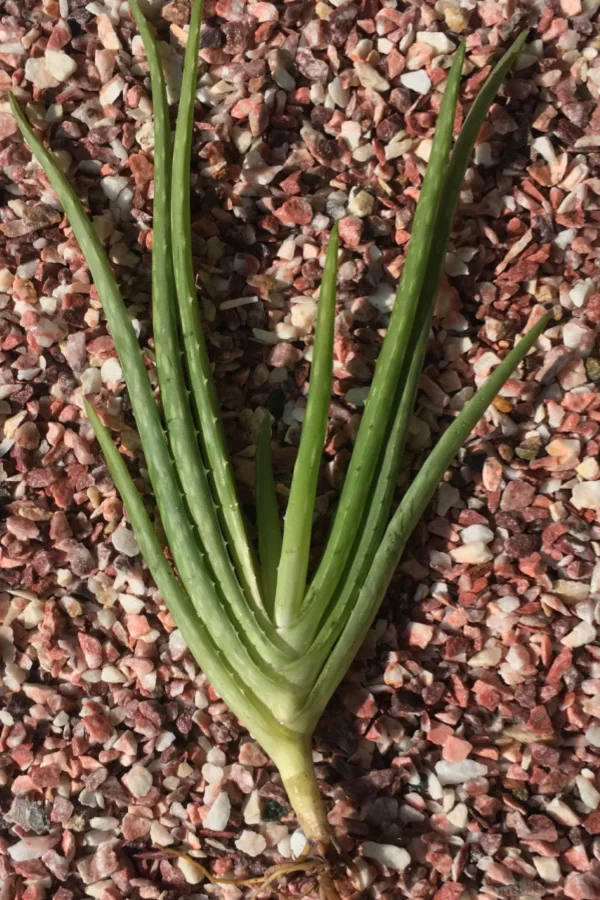
Carefully remove the entire plant from the pot or container. Brush off any excess soil to help reveal the roots. Use a clean, sharp knife to slice off the pup from the main plant, leaving the roots intact. Now it’s time for replanting.
Planting & Replanting Aloe Vera – How To Grow Aloe As A Houseplant
Aloe plants require light, well-draining soil to grow best. When planting new pups or replanting larger plants, use potting soil mixes that are specific for cactus and succulent plants.
These mixes prevent the plants from sitting in too much moisture for extended periods of time. When planting pups, start by putting the pup into a new container with dry cacti potting soil mixture and return the mature plant back to its original container.
Do not water the new pup for at least 7 to 10 days. This allows the new plant to heal slightly from the cut. Watering during this time frame will likely result in the roots rotting. After 7 to 10 days, you can start to water the new pup as you would a mature aloe vera plant. Do not fertilize new pups for at least three months.
Harvesting Aloe Vera Gel – How To Grow Aloe As A Houseplant
So how do you harvest all of that great aloe vera from your plant? It’s actually a breeze! Start by selecting a thick, mature leaf from your plant. Next, using a sharp, clean knife, remove the leaf at the base of the plant.
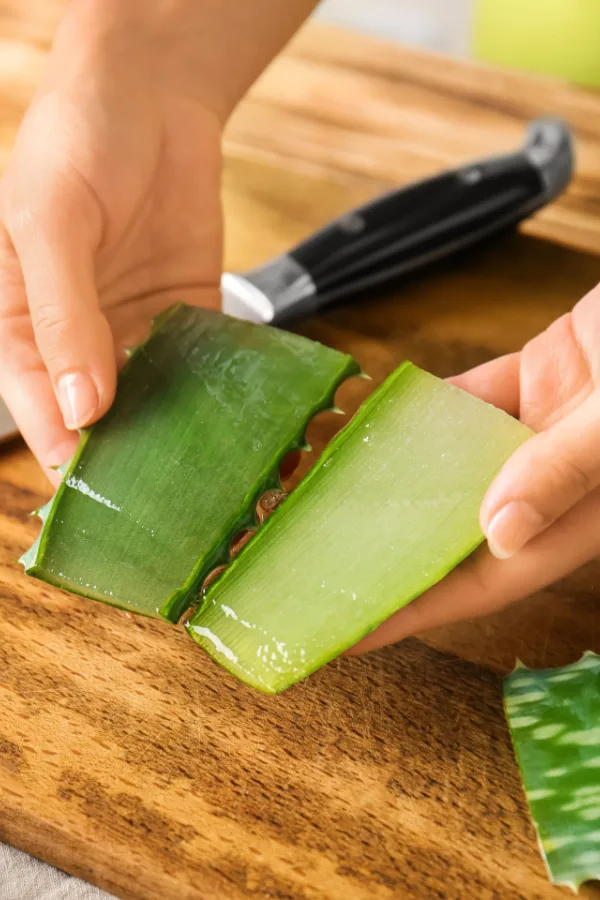
Lay the leaf on a cutting board and slice it in half lengthwise. The thick green or clear gel will be inside. Then, run the knife or a spoon along the edge of the leaf to remove the gel. Or, you can alternatively cut the end off of the leaf and carefully squeeze out the gel.
Place the gel into an airtight container and store it in the refrigerator for up to seven days. You can also place the gel into ice cube trays or smaller containers and freeze it for up to a year.
One thing is for sure, whether you are growing this fun houseplant for its unique beauty or for its medicinal purposes, you can’t go wrong with an aloe vera plant! For more great houseplants to grow, check out our Houseplant Page on the site.
Simple Garden Life
Follow Our Facebook Page For Even More Great Tips! Simple Garden Life Facebook Page
Simple Garden Life is a website dedicated to keeping gardening fun, simple and enjoyable! We publish two new articles each week along with a new garden podcast episode every two weeks. This article may contain affiliate links.

